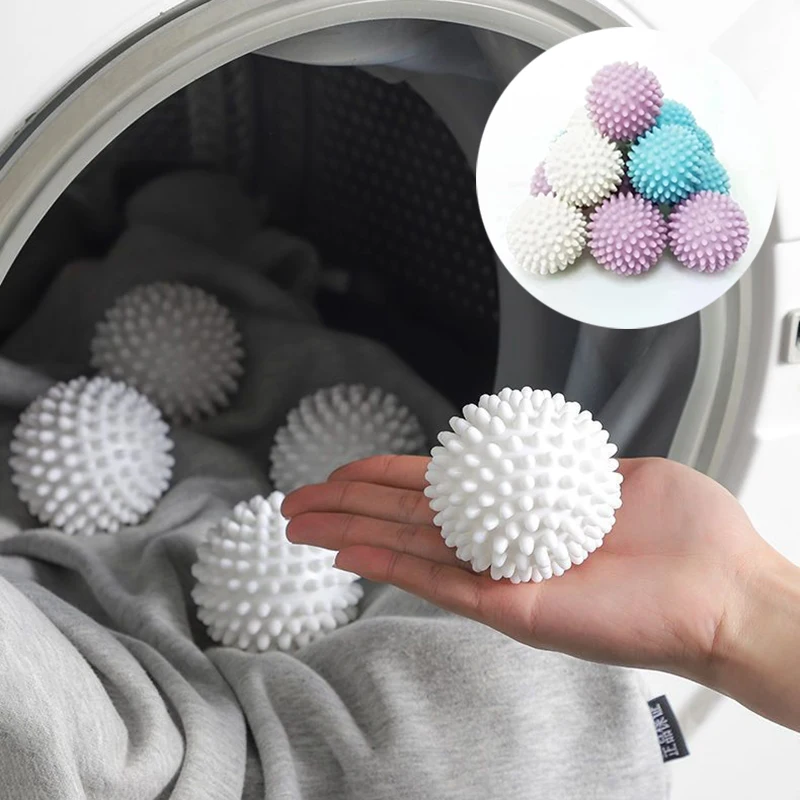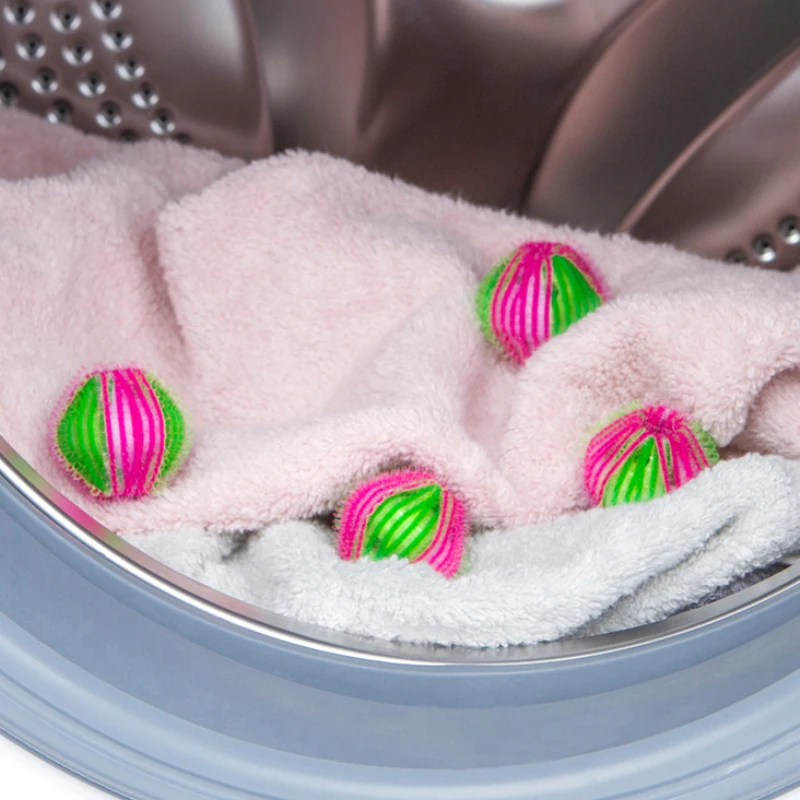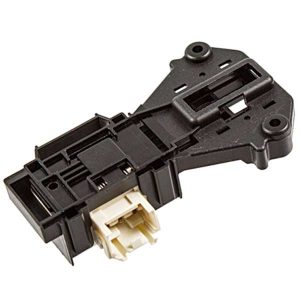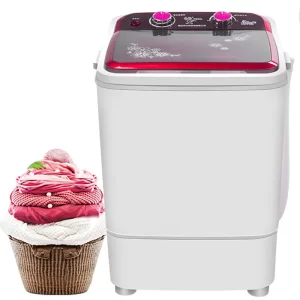Eradicate Odors: Cleaning a Smelly Washer
Introduction to Washing Machine Odors
Do you notice a funky smell when you open your washing machine? This is common. Many users find their washers have a less-than-pleasant scent after some time. This can be due to various reasons. Moist environments let mold and bacteria grow. Throw in laundry detergent, fabric softener, and organic materials from your laundry. You get the perfect storm for bad odors.

Why worry about a smelly washer? First, it can spread the smell to your clothes. You don’t want to wear clothes that smell musty. Second, smells suggest mold and mildew might be growing. This can pose health concerns over time. Lastly, bad odors can mean that your washer needs cleaning to work right.
In this guide, we’ll look at how to identify what’s causing the smell. We’ll then show how to clean front-load and top-loading washing machines. We’ll also tell you why items like vinegar and baking soda work wonders. You’ll learn about the benefits of bleach compared to eco-friendly options. And we’ll give you monthly maintenance tips to avoid future smells. Stick with us for best practices to keep your washer fresh and clean. Let’s get that clean, fresh laundry smell back!
Identifying the Causes of Washing Machine Smells
Unpleasant odors in your washing machine can come from several sources. Understanding these is the first step to a fresh-smelling washer. Here are common culprits:
- Built-up Residue: Leftover detergent, fabric softener, and lint may create a film inside the washer, turning smelly with time.
- Trapped Moisture: Keeping the washer door closed traps humidity, setting the stage for mold and mildew growth, which produces foul odors.
- Stagnant Water: Water pooling in the washer or drain can become stale and harbor bacteria, leading to stink.
- Infrequent Cleaning: Not cleaning your washing machine allows odor-causing bacteria and mold to thrive.
- Laundry Composition: Dirty clothes, especially sweaty workout wear or soiled garments, contribute to bacteria and smell.
To address a smelly washing machine, start by inspecting these areas. Check for visible mold, especially near the door seal or detergent dispenser. Look for any water not draining properly. Feel for sticky residue that may have accumulated. Once you’ve pinpointed the cause, you can move on to the cleaning process, tailored to tackle these specific issues. Remember, regular maintenance is key to prevent these smells from returning.
Step-by-Step Cleaning Guide for Front-Load Washers
Front-load washers need regular cleaning to keep odors away. Here’s a simple step-by-step guide:
- Gather Your Supplies: You will need white vinegar, baking soda, and a microfiber cloth.
- Clean the Seal: Wipe the rubber seal around the door with vinegar. Make sure to get in the folds where mold hides.
- Wash the Drum: Set the washer to a hot water cycle. Add two cups of vinegar to the detergent dispenser. Run it empty.
- Pause the Cycle: After the washer has filled, pause the wash. Let the vinegar soak for an hour.
- Complete the Cycle: Restart the washer. Let the cycle finish to clean out the vinegar.
- Add Baking Soda: Run another hot cycle with half a cup of baking soda in the drum. This helps with any lingering smells.
- Wipe It Down: Once the cycle’s done, wipe the inside of the drum with a damp cloth.
- Clean the Dispenser: Pull out the detergent drawer. Soak it in hot water and vinegar, then scrub with an old toothbrush.
- Leave the Door Open: Always leave the door ajar after washing. This lets the washer air out and prevents mold.
Follow these steps monthly to keep your front-load washer smelling fresh.
Step-by-Step Cleaning Guide for Top-Loading Washers
If you have a top-loading washing machine, here’s a straightforward guide to eliminate odors:
- Prepare Your Cleaning Solution: Mix four cups of white vinegar with hot water.
- Start the Wash Cycle: Set your washer to the highest load size, and the hottest water setting.
- Add Vinegar: Pour the vinegar solution into the drum before starting the washer.
- Pause to Soak: After filling, pause the machine. Let the mixture sit for one hour to break down odors.
- Resume Washing: Start the washer again and complete the cycle to wash away grime.
- Use Baking Soda: Following the vinegar rinse, run another hot cycle with a cup of baking soda in the drum.
- Wipe Down: Once done, clean the inside with a microfiber cloth. Focus on areas where residue can hide.
- Clean the Dispenser and Filters: Remove and clean the fabric softener and bleach dispensers. Check the filter for lint and debris.
- Air It Out: Keep the lid open after use. This helps prevent mold by drying out the washer.
Do these steps monthly. This routine helps stop smells and keeps your machine fresh.
The Role of Vinegar and Baking Soda in Odor Removal
When tackling odors in your washing machine, vinegar and baking soda are your best friends. Both items are safe, cheap, and effective for cleaning, a perfect combination to refresh your appliance. Let’s break down how each works.
Vinegar’s Cleaning Power:
Vinegar, with its natural acidity, makes a superb cleaning agent. It cuts through residue and kills bacteria, making it ideal for washing machine odor removal. Here’s how to use it:
- Fill a spray bottle with white vinegar.
- Spritz the drum, seal, and other surfaces.
- Wipe down with a microfiber cloth.
- Run a hot water cycle adding two cups of vinegar.
This process not only cleans but also neutralizes smells.
Baking Soda’s Deodorizing Effects:
Baking soda is a natural deodorizer. It helps to absorb and neutralize lingering odors, leaving your washer smelling fresh. To apply baking soda:
- Sprinkle half a cup into the drum.
- Run a hot water cycle.
The baking soda will scrub away odors and soften water residues.
Using vinegar and baking soda can tackle most odors without harsh chemicals. You often find these items right in your kitchen. They’re eco-friendly and gentle on your washer. Remember to use these power cleaners every month. They will keep your washing machine odor-free and in top shape.
 Bleach vs. Eco-Friendly Alternatives for Deodorizing
Bleach vs. Eco-Friendly Alternatives for Deodorizing
When it comes to banishing odors in your washing machine, bleach is a strong contender. It’s known for its disinfecting power. Use bleach if mold or mildew is severe. But be sure to check your washer’s manual. Not all machines react well to bleach.
For a gentler approach, consider eco-friendly options. White vinegar ranks high on this list. It battles soap scum and tackles bad smells. Baking soda also plays a key role. As a natural deodorizer, it absorbs unwanted scents.
Here’s a quick comparison:
- Bleach: It’s a powerful mold and mildew killer. It works fast and whitens. However, it can be harsh and not always safe for all machines.
- Vinegar: A safe bet for most washers. Vinegar cuts through dirt and deodorizes.
- Baking Soda: Use it to remove odors. It’s mild and eco-friendly.
What if you prefer ready-to-use cleaners? Products like Affresh are made for this job. They cleanse without harsh chemicals. For best results, follow the package’s instructions.
Remember, cleaning your washing machine isn’t just for odors. Regular cleaning improves performance. It extends your machine’s life too. Whichever cleaning method you choose, stick to a monthly routine.
If you’re aiming for an eco-friendlier home, vinegar and baking soda are excellent choices. They’re readily available and won’t harm the environment. Plus, they won’t leave harmful residues on your clothes. Use eco-friendly products for their added benefits. They keep your machine clean and are good for the planet.
To sum up, bleach is effective but can be harsh. Eco-friendly alternatives work well and are safer. And regular maintenance is key to keep odors away.
Monthly Maintenance Tips to Prevent Odors
Preventing odors in your washing machine is easier than you might think. Here are some simple monthly maintenance tips to keep your machine smelling fresh:
- Run a Hot Cycle: Once a month, run an empty hot water cycle. This helps kill bacteria that cause odors.
- Leave the Door Open: After each use, leave the door or lid open to dry out the machine.
- Check for Leftovers: Look for any leftover laundry or small items. They can start to smell if left behind.
- Wipe Down Surfaces: Use a damp cloth to clean the inside and outside of the machine. Focus on nooks and crannies.
- Clean the Dispensers: Remove and clean the detergent and fabric softener dispensers regularly.
- Inspect the Seal: Wipe the rubber seal around the door, especially if you have a front loader.
- Use the Right Detergent: Follow your machine’s guide on how much detergent to use.
- Consider Vinegar Rinses: Add white vinegar to your fabric softener compartment. It works as a natural deodorizer.
By following these maintenance tips, you can prevent odors from forming in your washing machine. Regular upkeep can save you time and ensure your clothes always come out smelling clean and fresh.
 Best Practices for Keeping Your Washer Fresh and Clean
Best Practices for Keeping Your Washer Fresh and Clean
To keep your washing machine fresh and odor-free, follow these best practices regularly:
- Inspect Regularly: Check your washer every month. Look for signs of mold or residue buildup.
- Keep It Dry: Always leave the door or lid open after use. This lets the machine air out and dry.
- Wipe Down After Use: Clean the gasket, drum, and dispensers with a microfiber cloth.
- Deep Clean Monthly: Use vinegar and baking soda for a monthly deep clean. This maintains freshness.
- Use Correct Detergent Amounts: Don’t overdo the detergent. Follow your washer’s manual for the right amount.
- Check and Clean Filters: Clean out the lint filter if your machine has one. This prevents smells.
- Avoid Excess Fabric Softener: Fabric softener can leave residue. Use it sparingly or opt for vinegar.
By following these simple steps, you can extend your washer’s lifespan and enjoy fresh-smelling laundry every time. Remember, consistency is key. Make these best practices part of your routine for best results.

